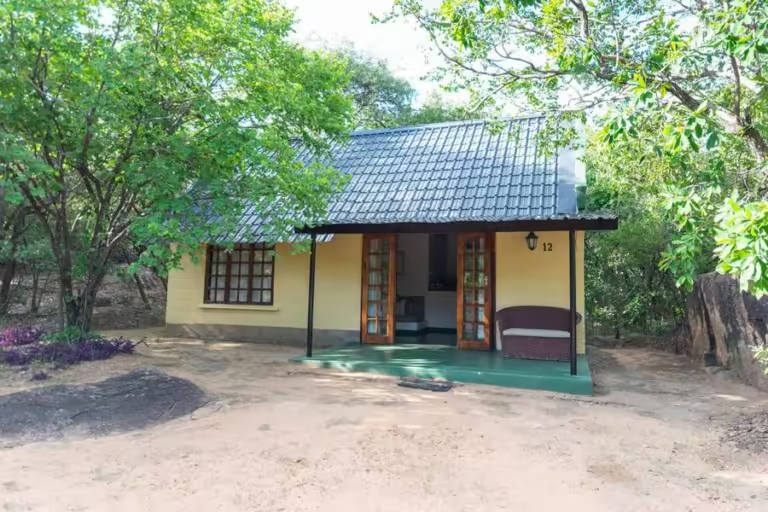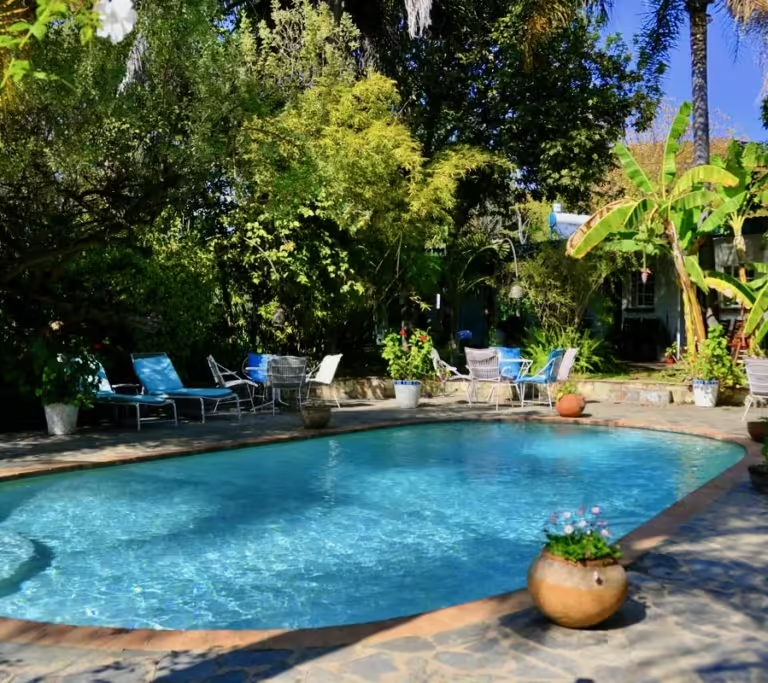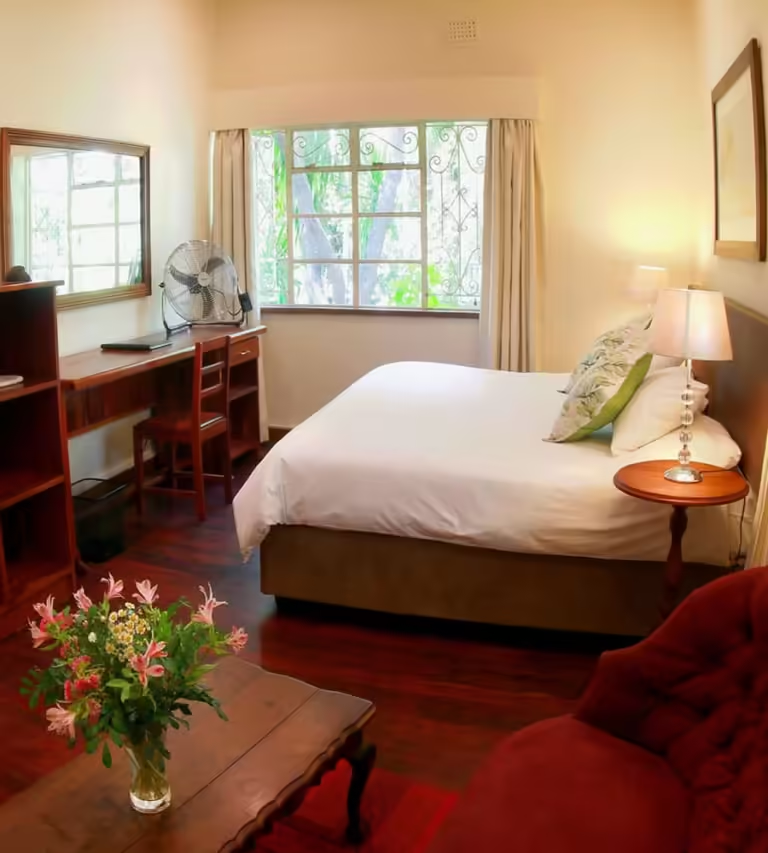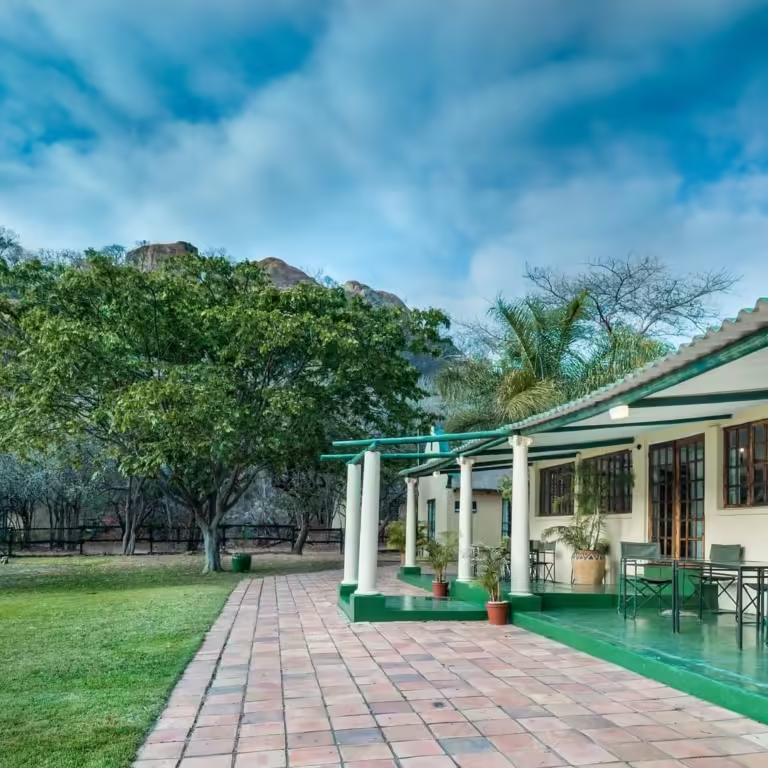A testament to a sophisticated African civilization, the stone ruins of Great Zimbabwe are a source of national pride and one of the continent’s most awe-inspiring archaeological sites. But what secrets do these ancient walls hold? Here are 11 monumental facts about Great Zimbabwe.
1. It’s not just a ruin; it’s a symbol
The name “Zimbabwe” itself derives from this site, meaning “Houses of Stone” in Shona. It’s so significant that the nation adopted the name after independence, and the iconic soapstone bird carvings found there are emblazoned on the national flag.

2. It was built without a single drop of mortar
The entire city, with walls up to 11 meters high and 5 meters thick, was constructed using a dry-stone technique. Skilled builders carefully shaped granite blocks to fit perfectly together, creating structures that have endured for over 800 years.
3. It was the heart of a massive trading empire
At its peak between the 11th and 15th centuries, Great Zimbabwe was the capital of a vast kingdom that controlled trade routes from the African interior to the Indian Ocean coast. Archaeologists have found artifacts like Persian pottery, Chinese celadon, and Arab coins, proving its wealth and global connections.
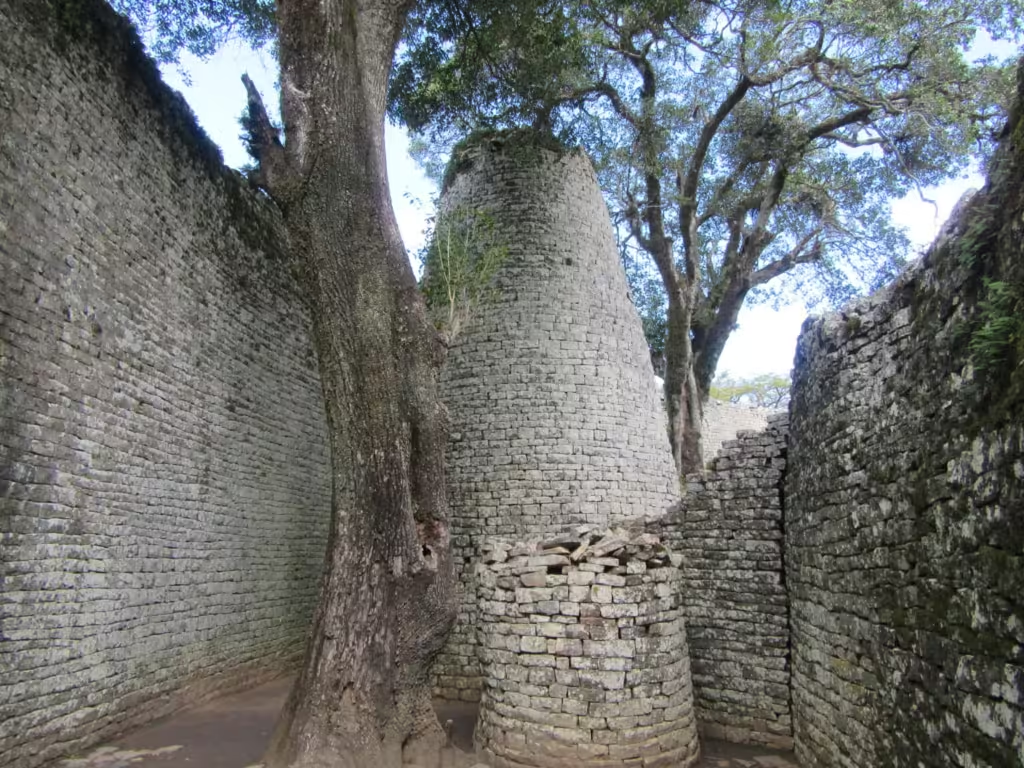
4. The purpose of the Conical Tower remains a mystery
Within the Great Enclosure stands a majestic 9-meter-high Conical Tower. It’s exact purpose is still debated by historians. Theories range from it being a grain silo, a symbolic granary representing prosperity, a phallic symbol, or a watchtower.
5. It was wrongfully attributed to foreign builders
For decades, European colonists, unable to believe that a sub-Saharan African civilization could be so advanced, propagated racist myths that the ruins were built by Phoenicians, Arabs, or even the Queen of Sheba. Archaeological evidence has conclusively proven it was the work of the ancestors of the Shona people.
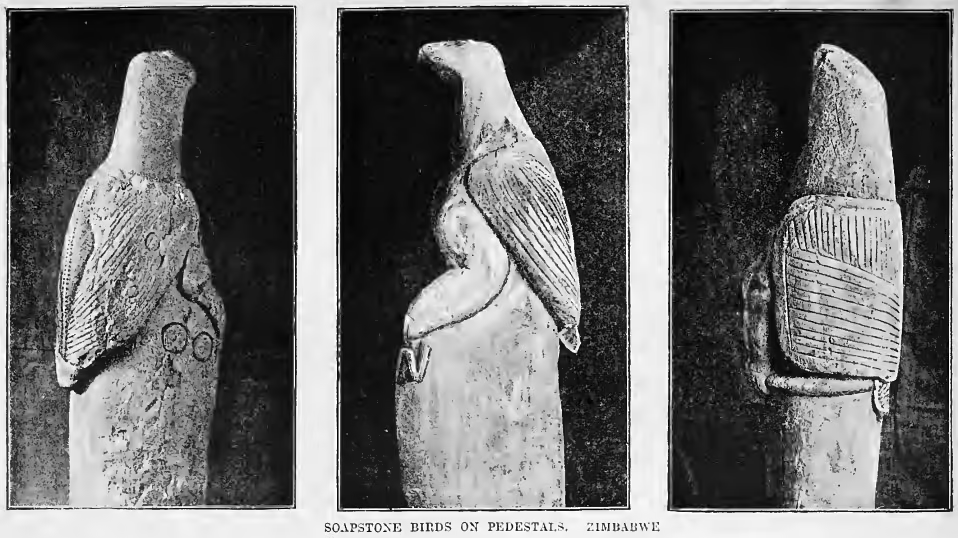
6. The soapstone birds are uniquely Zimbabwean
Eight steatite (soapstone) carvings of a distinctive bird-of-prey were found on the site. These birds, perched on columns, are believed to represent sacred or totemic animals and are now a powerful national symbol.
7. The city was divided into three distinct sections
The ruins are separated into the Hill Complex (believed to be a spiritual center), the Valley Ruins (where the citizens lived), and the magnificent Great Enclosure (which might have been a royal compound). This shows a highly organized society with social hierarchy.
8. It was abandoned
By the mid-15th century, Great Zimbabwe was largely abandoned. The most widely accepted theory is that the city had become too large for its environment, leading to overgrazing and deforestation, which forced the population to migrate and establish new kingdoms.
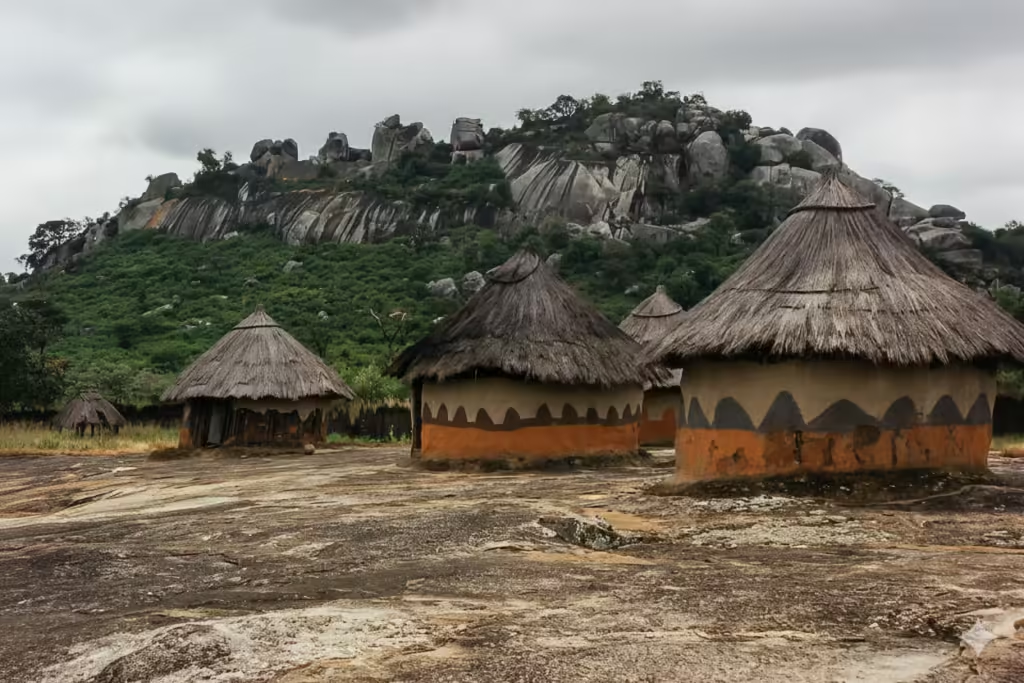
9. You can see a replica of a traditional hut
To help visitors imagine daily life in the ancient city, a reconstructed hut, built using traditional methods and materials, stands near the site. It offers a glimpse into the domestic architecture that would have existed alongside the grand stone structures.
10. It inspired a legendary search for gold
The myths of it being King Solomon’s mines fueled a gold rush. Early European explorers looted the site extensively, destroying crucial archaeological context in their search for treasure, making the work of modern historians much more difficult.
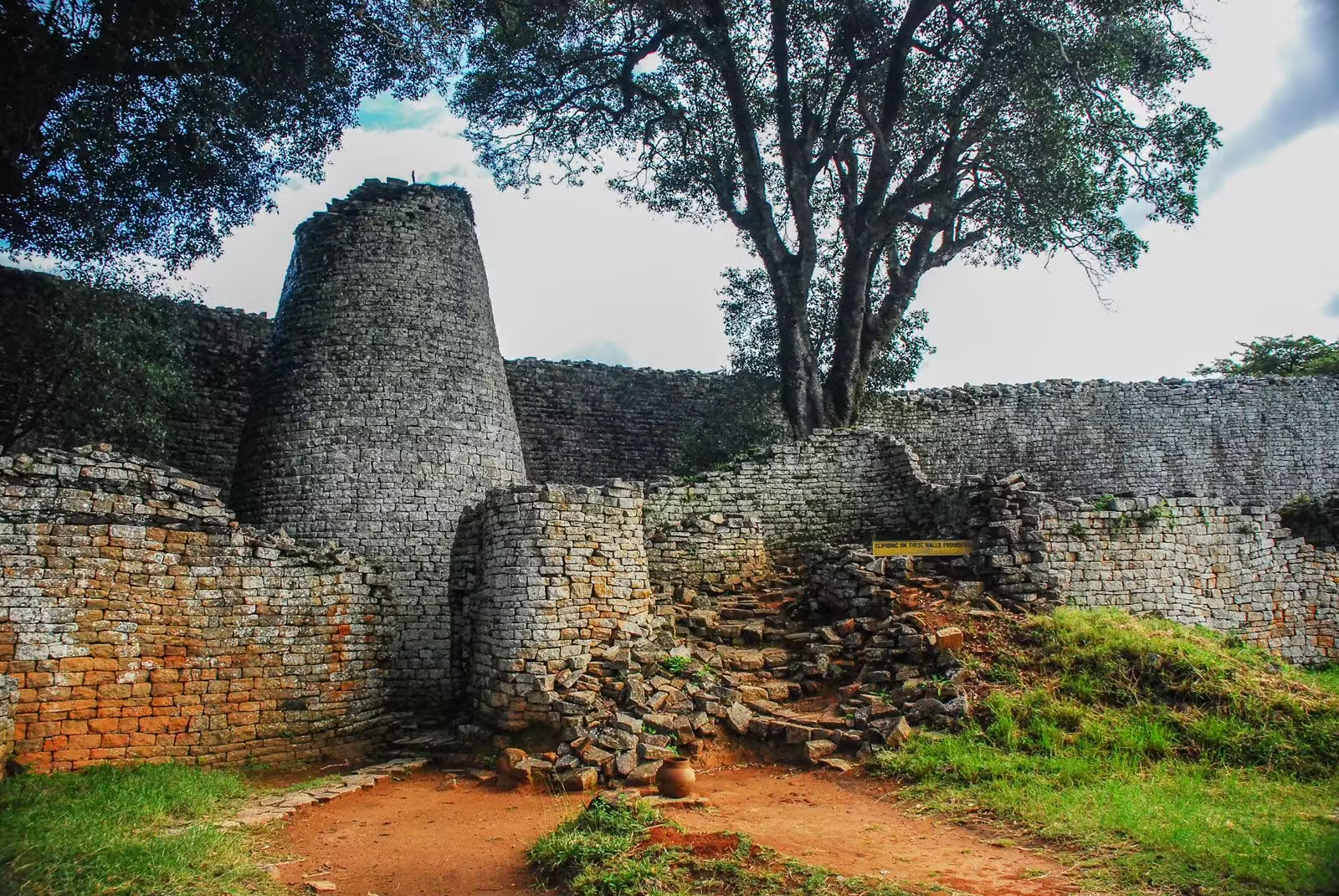
11. It was one of Africa’s first UNESCO World Heritage Site
Recognized for its outstanding universal value, Great Zimbabwe was inscribed on the UNESCO World Heritage list in 1986. It remains one of the most important and evocative archaeological sites in all of Africa, telling a story of innovation, power, and artistry
Great Zimbabwe is more than a monument; it’s a tangible encounter with history that deserves a spot on any traveler’s itinerary. To make the most of your visit, here’s what you need to know:
- Best Time to Visit: Aim for the dry season, from May to October. The days are sunny and cool, with minimal rain, making exploration of the extensive site much more comfortable. The winter months also offer clearer skies for photography.
- How to Get There: The ruins are located near the modern town of Masvingo, approximately a 3-4 hour drive from Harare or Bulawayo via good roads. You can hire a private car, join a guided tour, or use a combination of buses and local taxis.
- Don’t Miss: Allocate at least half a day. Your ticket includes access to a ** superb on-site museum** that houses the original soapstone bird carvings and artifacts found at the ruins, providing essential context before you explore. Be sure to climb to the Hill Complex for the most breathtaking panoramic views of the entire stone city.
- Stay Nearby: Extend your experience by staying close by. The Great Zimbabwe Hotel is within walking distance of the entrance, allowing you to soak in the atmosphere at sunrise or sunset when the light paints the stones in magical hues. Explore options
- Local Guides are Key: Hiring a local guide at the entrance is highly recommended. Their knowledge brings the stones to life, pointing out details you would easily miss and sharing the oral histories and spiritual significance that you can’t get from a guidebook.
Ready to walk in the footsteps of kings and merchants? Start planning your journey to this UNESCO World Heritage Site and prepare to be humbled by the enduring power of African innovation.




